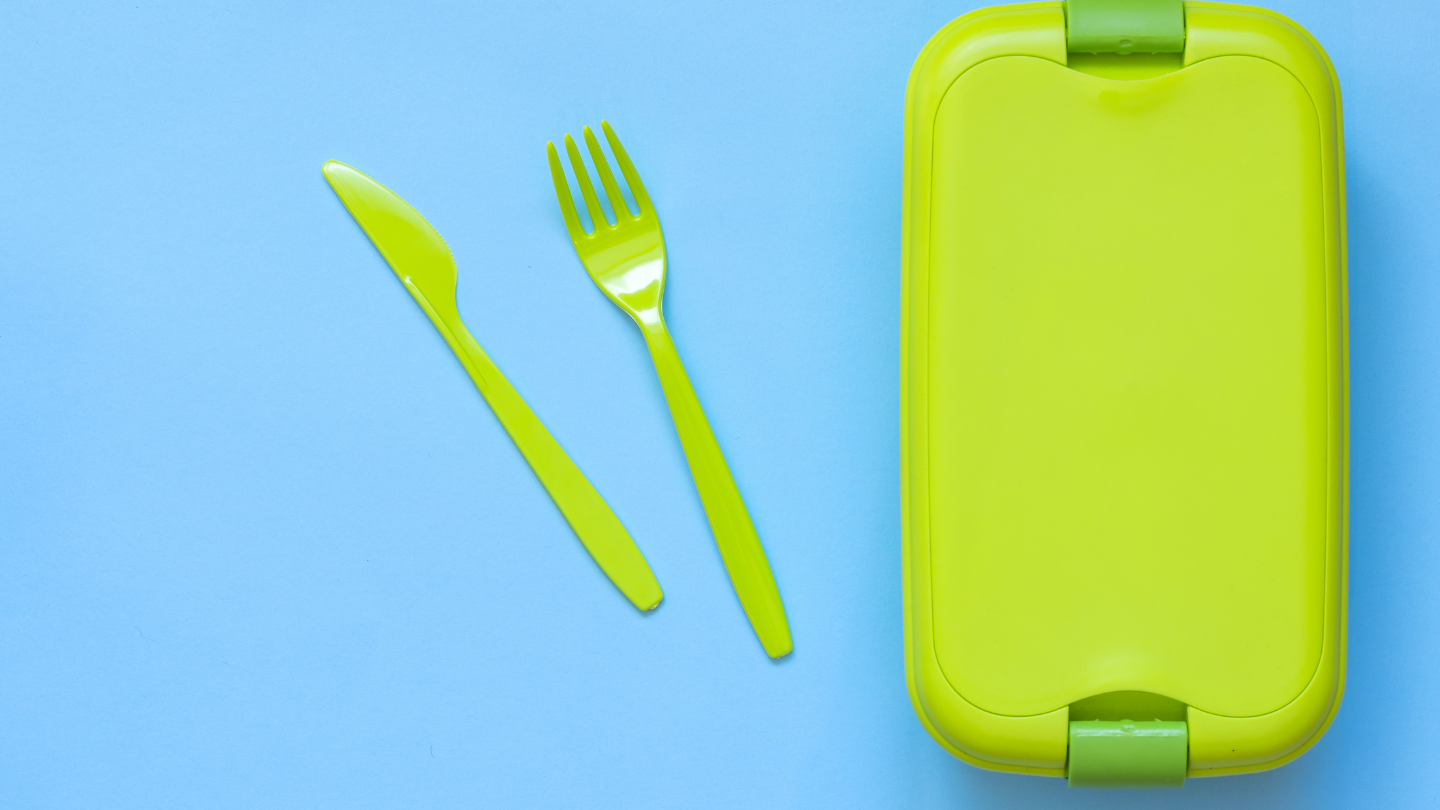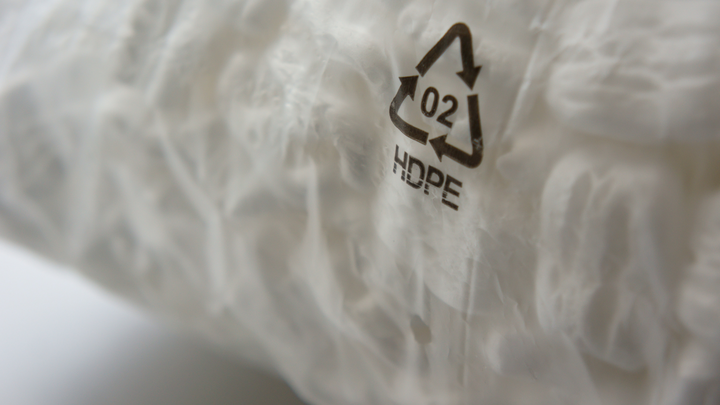The ever-changing consumer goods market has made it more crucial than ever to be aware of the materials used in commonplace goods. The use of bisphenol A (BPA) in plastics is one such issue. Chemical component BPA is frequently included in several plastics and resin coatings; due to its possible negative effects on health, there is increasing interest in BPA-free alternatives.
In this tutorial, we will take a closer look at plastics and learn how to tell if a product is BPA-free, interpret the many plastic codes that indicate different kinds, talk about important safety precautions, and draw attention to possible risks related to non-BPA-free plastics.
How to Tell if My Plastic Is BPA-Free

Understanding the components used in an item’s production process, interpreting symbols, and making observations are all necessary to determine whether a plastic product is BPA-free. Thankfully, you can determine the BPA concentration of your plastic items by taking some easy measures.
Check for Resin Codes
Each plastic object has a resin identification code, often called the recycling symbol, printed on it. Look for a number inside the arrow-shaped triangle, which is usually found around the bottom of the object. Plastics with the code”3″ (polyvinyl chloride, or PVC) and”7″ (other, frequently mixed plastics) are frequently discovered to contain BPA. However, not all plastics with a “7” designation contain BPA; this is a broad category that includes a variety of materials.
Look for BPA-Free Labels
“BPA-free” labels are frequently proudly displayed on items by manufacturers. Although it is not required, many businesses use this label as part of their marketing strategy to reassure customers that their products are free of BPA. Seek for any clear claims about BPA presence on product labels or packaging.
Consider the Material
Epoxy resins and polycarbonate plastics are frequently made with BPA. You can estimate the amount of BPA in an item if you know what kind of plastic it is made of. Products manufactured from polypropylene (“5”), polyethylene (recycling code “1”), or polyethylene terephthalate (“1”), for example, are often devoid of BPA.
Being able to determine if plastic is BPA-free gives you the ability to choose things that you use regularly with knowledge. You may promote a healthier and more conscious lifestyle by adopting these techniques into your usage and buying routines.
Check the Recycling Codes

One useful way to find out if a plastic product is free of Bisphenol A (BPA) is to look up the recycling codes, sometimes called resin identification numbers. These identifiers are usually visible inside the recycling triangle that is frequently seen on the underside of plastic products. Every code is associated with a particular kind of plastic and provides information on the material’s composition and, occasionally, the possibility of BPA presence.
Recycling Codes: Code 1 PET
PET, an acronym for polyethylene terephthalate, is represented by code 1. PET is a material that is frequently used to make food containers, beverage bottles, and some fabrics. It is safe and is free of BPA. There is less chance of chemical leaching with this plastic, which is also readily recyclable.
Recycling Codes: Code 2 HDPE
Recycling code 2 stands for High-Density Polyethylene or HDPE. Milk, detergent, and home cleaning containers are frequently made of this kind of plastic. Similar to PET, HDPE is regarded as a safe choice because of its chemical resistance and durability, as well as the fact that it does not contain BPA.
Recycling Codes: Code 3 PVC
Polyvinyl chloride, or PVC, is correlated with recycling code 3. PVC is frequently used in flooring, pipelines, and some packaging materials. It is crucial to remember that BPA and other potentially harmful chemicals are frequently found in PVC. If you want to stay away from BPA, it is usually preferable to avoid items with recycling code 3.
Recycling Codes: Code 4 LDPE
Recycle code 4 designates Low-Density Polyethylene, or LDPE. Shrink wrap, plastic bags, and various containers are typical products made of this kind of plastic. For storing food, LDPE is typically safe and thought to be BPA-free.
Recycling Codes: Code 5 PP
Recycling code 5 is an acronym for polypropylene, or PP. PP is frequently utilized in packaging, pharmaceutical bottles, and food containers. It is known for its heat resistance and adaptability to a range of applications, and it is BPA-free.
Recycling Codes: Code 6 PS
Code 6 is equivalent to Polystyrene, or PS. Disposable products like food service trays and foam cups include PS. Although PS is generally BPA-free, it is best to avoid using it for hot food or drinks since it may emit chemicals that are toxic at high temperatures.
Recycling Codes: Code 7 OTHER
Code 7 for recycling includes a variety of polymers that are not included in the other six categories. Composite materials and mixed polymers are included. Even though certain code 7 plastics might not contain BPA, it is still important to use caution and, if possible, to contact the manufacturer for more information to be sure the product is safe.
Empower Your Choices: A Guide on How to Know if Plastic is BPA-Free
In conclusion, customers may recognize BPA-free plastics by knowing recycling codes. It is safer to choose codes 1 (PET), 2 (HDPE), 4 (LDPE), and 5 (PP). BPA may be present in Code 3 (PVC), therefore you should be careful with these products. While Code 6 (PS) is usually safe, excessive heat may be a problem. Code 7 (OTHER) needs closer examination to determine its safety. Individuals may promote environmental consciousness and well-being by adopting BPA-free, healthier lifestyle choices by using recycling codes as a guide.

